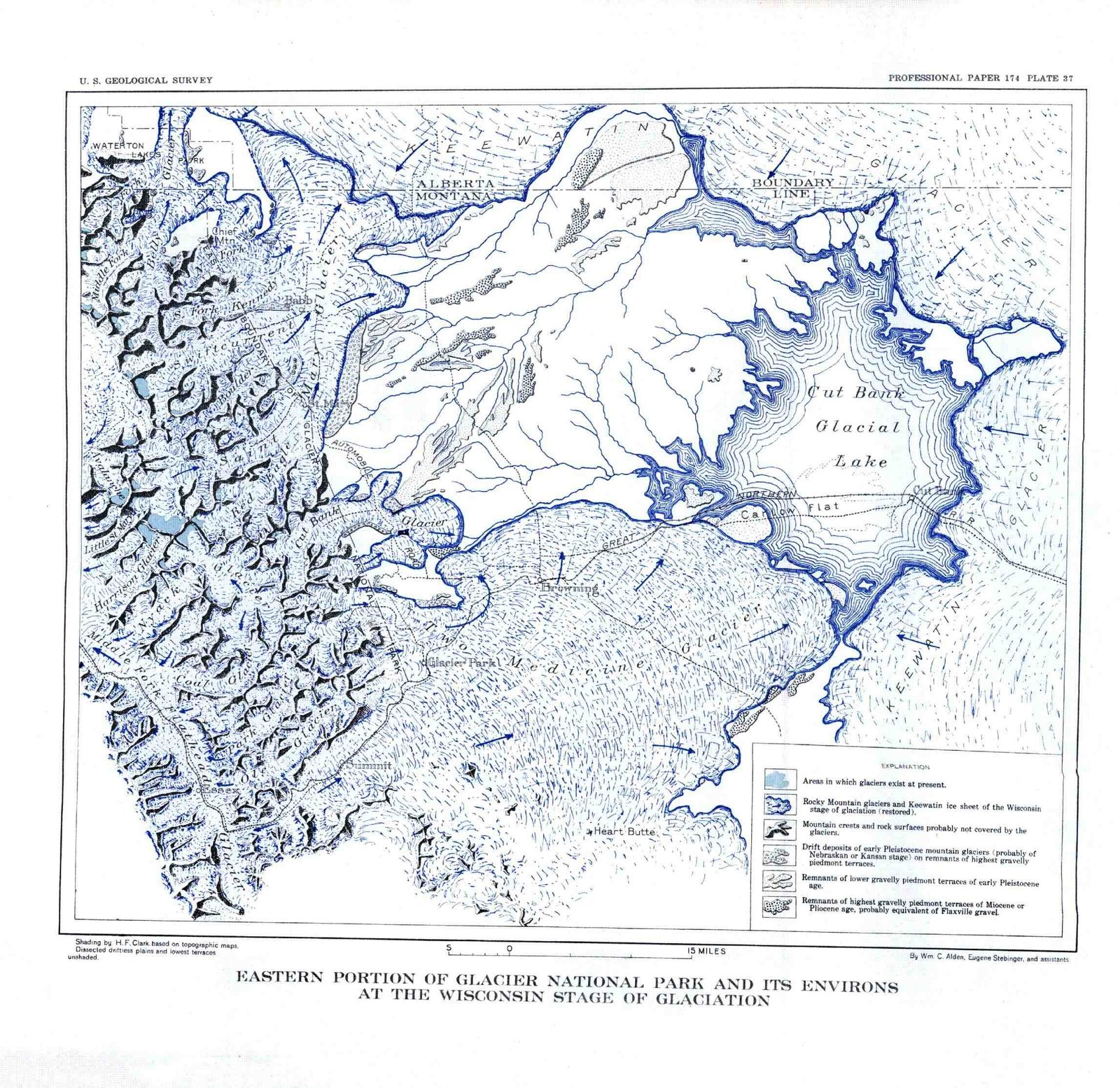Glacier National Park’s road conditions are subject to frequent changes due to weather and seasonal factors. The iconic Going-to-the-Sun Road, spanning 50 miles across the park, is particularly affected by these changes. Currently, the road is open but may close temporarily due to snow and ice. Seasonal closures typically occur in mid-October, with high alpine sections reopening in late June or early July. Visitors should be prepared for inclement weather, especially at higher elevations like Logan Pass (6,600 feet), where winter conditions can persist even in summer months.
What Are the Current Road Conditions at Glacier National Park?

As of the latest update, the road conditions at Glacier National Park are as follows:
- Going-to-the-Sun Road is fully open but subject to temporary closures due to weather
- Seasonal closures are expected in mid-October for high alpine sections
- Weather impacts can cause sudden changes in road conditions, especially at higher elevations
- Road surfaces may be icy or snowy, particularly in alpine areas
- Rock overhangs pose challenges for vehicles over 10 feet in height west of Logan Pass
How Do Weather Patterns Affect Road Access in the Park?

Weather patterns play a crucial role in determining road access at Glacier National Park:
- Winter storms can cause sudden road closures, even in summer months
- High winds may lead to temporary road shutdowns for safety reasons
- Spring thaw can result in mudslides or rockfalls, affecting road conditions
- Heavy rainfall may cause flooding on lower elevation roads
- Fog and low visibility are common at higher elevations, impacting driving conditions
What Are the Specific Challenges of Driving on Going-to-the-Sun Road?
Going-to-the-Sun Road presents unique challenges for drivers:
| Challenge | Description |
|---|---|
| Elevation | Climbs to 6,600 feet at Logan Pass |
| Narrow Lanes | Limited space for passing vehicles |
| Blind Curves | Reduced visibility around corners |
| Rock Overhangs | Difficult for vehicles over 10 feet high |
| Vehicle Restrictions | Size limits between Avalanche Creek and Rising Sun |
| Seasonal Closures | High alpine sections closed in winter |
When Are the Typical Seasonal Road Closures?
Seasonal road closures at Glacier National Park follow a general pattern:
- High alpine sections of Going-to-the-Sun Road typically close around the third Monday of October
- Reopening usually occurs in late June or early July
- Exact dates can vary based on weather conditions and snow accumulation
- Lower elevation roads may remain open year-round, weather permitting
What Should Visitors Know About Road Maintenance in the Park?
Road maintenance is an ongoing process at Glacier National Park:
- Snow plowing operations begin in spring to clear high-elevation roads
- Maintenance crews work throughout the summer to repair winter damage
- Fall preparations include installing snow poles and removing guardrails
- Visitors should expect occasional delays due to maintenance activities
- Updates on maintenance schedules are posted on the park’s official website
How Can Visitors Stay Informed About Current Road Conditions?
To stay informed about road conditions at Glacier National Park:
- Check the official park website for daily updates
- Follow Glacier National Park’s social media accounts for real-time information
- Call the park’s road condition hotline for the latest status
- Use the park’s mobile app for on-the-go updates
- Consult with park rangers at visitor centers for current conditions
What Alternative Transportation Options Are Available When Roads Are Closed?
When roads are closed, visitors have several alternative transportation options:
- Shuttle services (seasonal)
- Guided bus tours
- Hiking trails (weather permitting)
- Bicycle rentals (on open roads)
- Boat tours on park lakes
How Do Road Conditions Affect Wildlife Viewing Opportunities?
Road conditions can significantly impact wildlife viewing:
- Closed roads may increase wildlife activity in certain areas
- Open roads provide access to diverse habitats and viewing locations
- Slower traffic due to poor conditions can offer better chances for wildlife spotting
- Seasonal migrations may coincide with road openings or closures
- Wildlife crossings are more frequent during dawn and dusk, requiring extra caution
What Safety Precautions Should Drivers Take on Park Roads?
Drivers should take the following safety precautions:
- Maintain a safe speed, especially on curves and in adverse weather
- Be prepared for sudden wildlife crossings
- Carry chains or snow tires during shoulder seasons
- Use pullouts to allow faster traffic to pass
- Stay alert for rockfalls and debris on the road
- Keep a safe distance from snow removal equipment
- Check brakes frequently on steep descents
How Do Road Conditions Affect Camping and Hiking Access?
Road conditions have a direct impact on camping and hiking access:
- Some campgrounds may be inaccessible due to road closures
- Trailhead access can be limited during winter months
- Backcountry permits may be affected by road status
- Shuttle services to popular trailheads depend on road conditions
- Winter camping opportunities increase when roads are closed to vehicles
By understanding the road conditions at Glacier National Park, visitors can better plan their trips and ensure a safe and enjoyable experience in this stunning natural environment. Always check for the latest updates before embarking on your journey to the park.
References:
1. https://www.kpax.com/news/local-news/flathead-county/wintery-weather-closes-section-of-glacier-national-parks-going-to-the-sun-road
2. https://www.nps.gov/glac/planyourvisit/conditions.htm
3. https://www.nps.gov/glac/planyourvisit/directions.htm